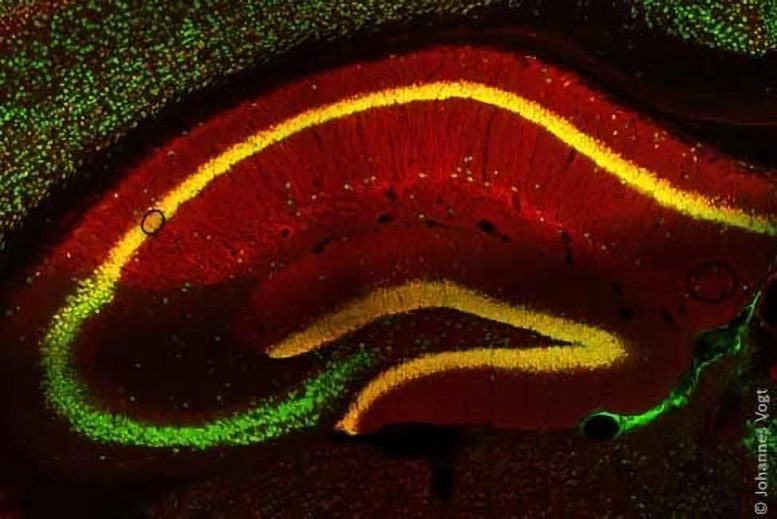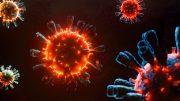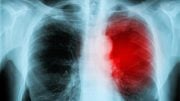
Scientists have discovered a brain circuit that controls food intake. By inhibiting this pathway, excessive food intake after fasting and obesity could be significantly reduced.
A group of scientists has developed an entirely new approach to treating eating disorders.
They showed that a group of nerve cells (so-called AgRP, agouti-related peptide neurons) in the hypothalamus control the release of endogenous lysophospholipids, which in turn control the excitability of nerve cells in the cerebral cortex, which stimulates food intake.
In this process, the crucial step of the signaling pathway is controlled by autotaxin, an enzyme that is responsible for the production of lysophosphatidic acid (LPA) in the brain as a modulator of network activity. Administering autotaxin inhibitors can thereby significantly reduce both excessive food intake after fasting and obesity in animal models.
The research article “AgRP neurons control food intake behavior at cortical synapses via peripherally-derived lysophospholipids” has now been published in the journal Nature Metabolism.

Nerve cells of a mouse brain (green) and the protein PRG-1 (red). If the nerve cells contain PRG-1, the cells appear in yellow. Credit: Johannes Vogt
Eating disorders, particularly obesity, are among the leading causes of a wide range of diseases in industrialized societies across the world, especially cardiovascular diseases with lifelong disabilities or fatal outcomes such as heart attacks, diabetes, or strokes. According to a Robert Koch Institute report from 2021, 67 percent of men and 53 percent of women in Germany are overweight. 23 percent of adults are severely overweight (obese). Attempts to influence eating behavior with medication have so far proved unsuccessful. A novel therapy that modulates the excitability of networks that control eating behavior might be a game changer in the worldwide fight against obesity.
The team of researchers discovered an increased rate of obesity and the attendant type II diabetes in people with impaired synaptic LPA signaling. A group led by Professor Johannes Vogt (Faculty of Medicine, University of Cologne), Professor Robert Nitsch (Faculty of Medicine, University of Münster) and Professor Thomas Horvath (Yale School of Medicine, New Haven, USA) has now shown that control of the excitability of neurons in the cerebral cortex by LPA plays an essential role in the control of eating behavior: AgRP neurons regulate the amount of lysophosphatidylcholine (LPC) in the blood. Through active transport, LPC reaches the brain, where it is converted by the enzyme autotaxin (ATX) into LPA, which is active at the synapse. Synaptic LPA signals stimulate specific networks in the brain, thus leading to increased food intake.
In the mouse model, after a period of fasting an increase in LPC in the blood led to an increase in stimulating LPA in the brain. These mice showed typical food-seeking behavior. Both could be normalized by administrating autotaxin inhibitors. Obese mice, on the other hand, lost weight when these inhibitors were administered continuously.
Johannes Vogt explained: “We saw a significant reduction in excessive food intake and obesity through gene mutation and pharmacological inhibition of ATX. Our fundamental findings on the LPA-controlled excitability of the brain, which we have worked on for years, therefore also play a central role for eating behavior.”
Robert Nitsch sees the findings as an important step towards new drug development: “The data show that people with a disturbed synaptic LPA signaling pathway are more likely to be overweight and suffer from type II diabetes. This is a strong indication of a possible therapeutic success of ATX inhibitors, which we are currently developing together with the Hans Knöll Institute in Jena for use in humans.”
These findings on the excitation control of neuronal networks in eating behavior through lysophospholipids and the new therapeutic possibilities they suggest could in the future contribute not only to treating eating disorders, but also neurological and psychiatric illnesses.
Reference: “AgRP neurons control feeding behaviour at cortical synapses via peripherally derived lysophospholipids” by Heiko Endle, Guilherme Horta, Bernardo Stutz, Muthuraman Muthuraman, Irmgard Tegeder, Yannick Schreiber, Isabel Faria Snodgrass, Robert Gurke, Zhong-Wu Liu, Matija Sestan-Pesa, Konstantin Radyushkin, Nora Streu, Wei Fan, Jan Baumgart, Yan Li, Florian Kloss, Sergiu Groppa, Nils Opel, Udo Dannlowski, Hans J. Grabe, Frauke Zipp, Bence Rácz, Tamas L. Horvath, Robert Nitsch and Johannes Vogt, 27 June 2022, Nature Metabolism.
DOI: 10.1038/s42255-022-00589-7









Be the first to comment on "Say Goodbye to Binge Eating: Signal Pathway in Brain That Controls Food Intake Discovered"